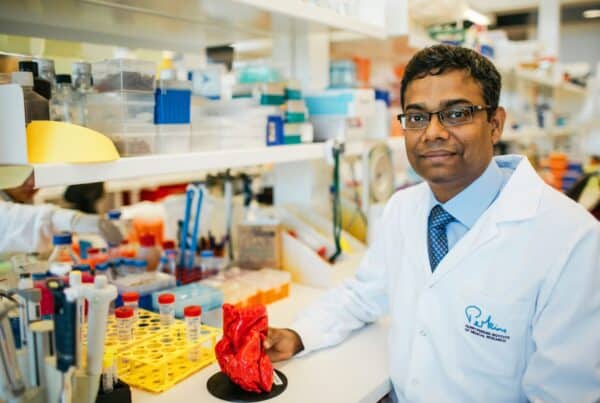Perkins researchers put paid to plaque in arteries
Read More
Cardiovascular disease (CVD) is the biggest killer of the developed world and one of the biggest health problems facing the developing world. Here, in Australia, the disease kills one person every 12 minutes and in the USA the number is much higher. In the Vascular Engineering laboratory we use both computational and experimental techniques to further our understanding of vascular physiology and disease, with an overall aim of helping tackle this global problem.
Our research can be broadly divided into the following themes:
More detailed information can be found at our website http://vasclab.mech.uwa.edu.au


